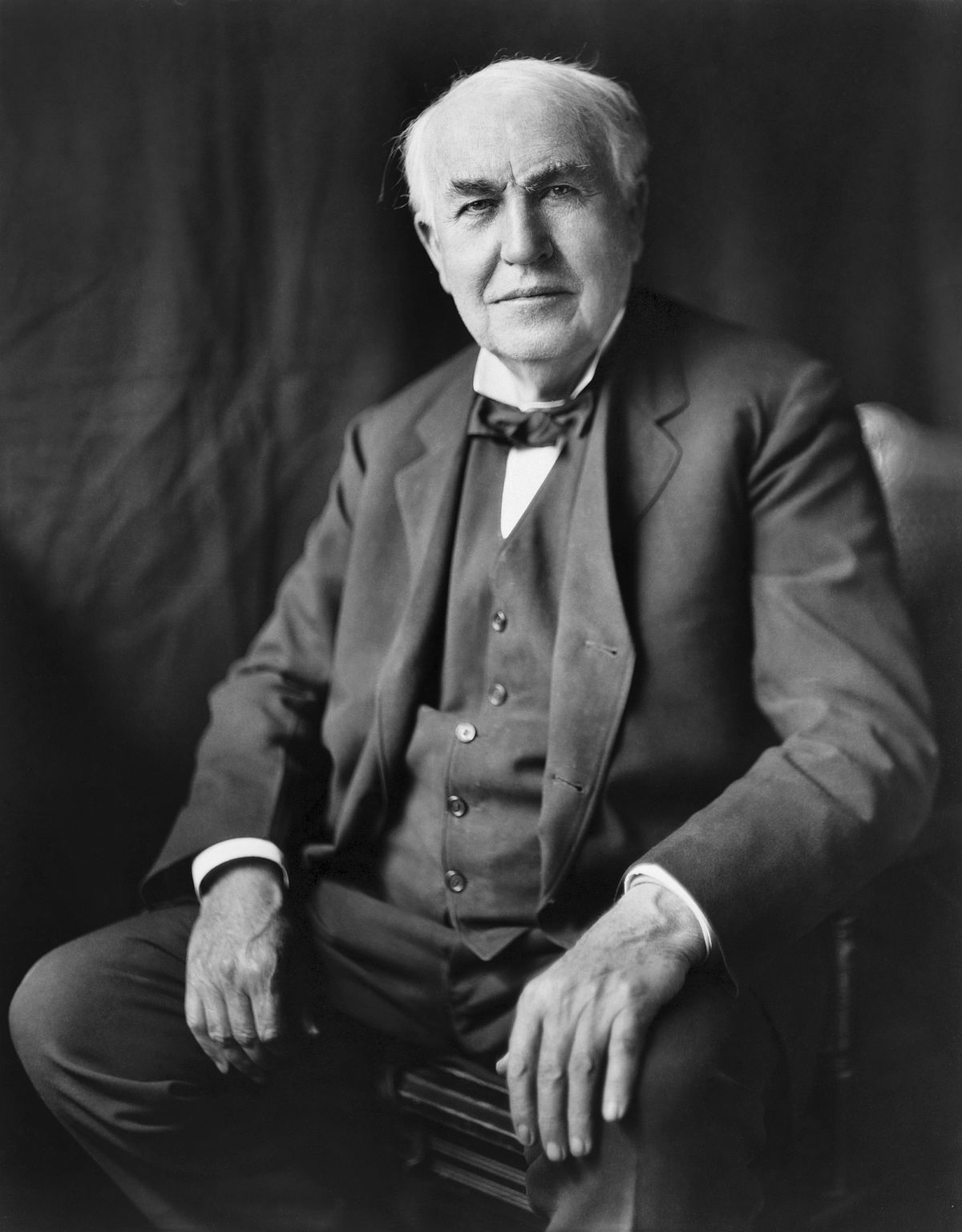

Articles
Who Invented The Incandescent Bulb
Modified: January 9, 2024
Discover the fascinating history of the incandescent bulb and learn about the brilliant minds behind its invention. Read our comprehensive articles to dive deeper into this revolutionary technology.
(Many of the links in this article redirect to a specific reviewed product. Your purchase of these products through affiliate links helps to generate commission for Storables.com, at no extra cost. Learn more)
Introduction
Lighting plays a vital role in our daily lives, providing us with the ability to see and navigate our surroundings. While modern lighting technologies like LEDs dominate the market today, there was a time when the incandescent bulb was the revolutionary invention that transformed the way we illuminate our world.
The incandescent bulb, known for its warm and comforting glow, has a long and fascinating history. Invented in the early 19th century, it was the culmination of various advancements in technology and the tireless efforts of several brilliant minds.
So, who deserves the credit for inventing the incandescent bulb? Let’s delve into the early developments in lighting and the contributions of notable inventors who played a crucial role in bringing this groundbreaking invention to life.
Key Takeaways:
- The invention of the incandescent bulb was a collaborative effort, with contributions from Sir Humphry Davy, Warren de la Rue, Sir Joseph Swan, and Thomas Edison, each playing a crucial role in its development and commercialization.
- While Thomas Edison is often credited with inventing the incandescent bulb, it was the collective efforts of multiple inventors that led to its creation and widespread adoption, revolutionizing the way we illuminate our world.
Read more: Who Invented The Incandescent Lamp
Early Developments in Lighting
Before the invention of the incandescent bulb, lighting methods were limited and far from efficient. Early civilizations relied on firelight, oil lamps, and candles to illuminate their surroundings. While these methods provided some illumination, they had their limitations, such as the production of smoke, high maintenance, and a limited lifespan.
The 18th century brought significant advancements in lighting technology. In 1800, Sir Humphry Davy, a British chemist, invented the electric arc lamp. This lamp used two carbon electrodes to create a bright arc of light. While it produced a brilliant light, it was not suitable for everyday lighting due to its high cost and complexity.
Another important development was the discovery of the incandescent effect. In 1809, Sir Humphry Davy observed that passing electric current through a thin strip of platinum wire caused it to glow. Although this was a significant discovery, the use of platinum as a filament was impractical due to its high cost.
These early developments laid the foundation for future inventors to experiment with different materials and techniques to create a practical and efficient lighting solution.
The Contribution of Sir Humphry Davy
Sir Humphry Davy, a prominent chemist and inventor, made significant contributions to the development of the incandescent bulb. In the early 19th century, he conducted numerous experiments to improve upon existing lighting technologies.
In 1802, Davy discovered a way to produce electric light by passing an electric current through a thin strip of charcoal. This breakthrough led to the creation of the carbon arc lamp, which produced a bright and steady light. However, the arc lamp was not suitable for widespread use due to its high maintenance requirements and large size.
Davy continued his research and experimented with different materials to find a practical filament for the incandescent bulb. In 1809, he tested various substances including platinum, copper, and other metals. Although he successfully achieved incandescence with these materials, the high cost and short lifespan of the filaments hindered their practicality.
Despite not being able to create a commercially viable incandescent bulb, Davy’s research laid the groundwork for future inventors to build upon. His work in electric lighting paved the way for further advancements in the field.
Additionally, Davy’s discoveries in other areas of science, such as the development of the Davy lamp for underground miners, showcased his innovative thinking and commitment to improving the lives of people through technology.
While Sir Humphry Davy’s direct contributions to the invention of the practical incandescent bulb were limited, his experiments and discoveries played a crucial role in inspiring future inventors to pursue this groundbreaking invention.
The Work of Warren de la Rue
Warren de la Rue, an English inventor and astronomer, made significant advancements in the development of the incandescent bulb in the mid-19th century. His contributions laid the foundation for the practical application of electric lighting.
In 1840, de la Rue began experimenting with electric light and focused on finding an efficient and durable filament material. He used platinum as a filament, similar to Sir Humphry Davy’s experiments, but faced the same challenges of high cost and short lifespan.
Undeterred, de la Rue turned his attention to other materials. In 1850, he introduced a new filament made of a coiled platinum wire enclosed in a glass vacuum bulb. This design allowed the filament to reach higher temperatures while reducing the loss of heat to the surroundings.
De la Rue’s innovative use of a vacuum bulb significantly improved the efficiency and longevity of the incandescent bulb. The lack of oxygen inside the bulb prevented the filament from burning out quickly, leading to a more reliable and durable lighting source.
Furthermore, de la Rue collaborated with the glass manufacturer Thomas Sprengel to develop a more practical and commercially viable design. They refined the vacuum-sealing technique for the glass bulbs, ensuring the filaments remained protected and free from outside contaminants.
In 1860, de la Rue set up the first commercial production line for incandescent bulbs. These bulbs, known as the “De La Rue lamps,” were initially used for scientific and public demonstrations. However, their high cost limited their widespread adoption.
While Warren de la Rue’s incandescent bulbs were not yet commercially successful, his innovations in filament materials and vacuum sealing techniques were crucial steps towards the practical realization of the incandescent bulb.
Thomas Edison is often credited with inventing the incandescent bulb, but it was actually British inventors Joseph Swan and Humphry Davy who made significant contributions to its development.
The Innovations of Sir Joseph Swan
Sir Joseph Swan, a British physicist and chemist, made significant innovations in the development of the incandescent bulb in the late 19th century. His inventions helped overcome the limitations of previous designs and paved the way for widespread use of electric lighting.
In 1860, Swan began experimenting with various materials and designs for incandescent lamps. He initially used carbonized paper as a filament but faced challenges with its durability and efficiency. Swan continued his research and focused on developing a practical and long-lasting filament.
In 1878, after years of extensive experimentation, Swan successfully created a working incandescent bulb using a treated cotton thread as the filament. He discovered that carbonizing the cotton under controlled conditions improved its performance and longevity.
Swan’s carbonized cotton filament had several advantages. It was affordable, readily available, and could withstand high operating temperatures. These characteristics made it an ideal choice for practical electric lighting.
Furthermore, Swan made another significant breakthrough by developing a better method of creating a vacuum inside the bulb. He utilized his experience in glass manufacturing and used a specialized vacuum pump to remove air and other gases from the bulb, creating a more stable and efficient environment for the filament.
In 1879, Swan publicly demonstrated his incandescent bulb by illuminating his house in Gateshead, England. This demonstration marked a significant milestone in the history of electric lighting.
Recognizing the potential of his invention, Swan founded a company, the Swan Electric Light Company, to manufacture and distribute his incandescent bulbs. By the early 1880s, he successfully introduced his bulbs into homes and businesses, making them one of the first commercially viable incandescent lighting systems.
Swan’s innovations in filament materials and vacuum sealing techniques made electric lighting more practical and accessible to the public. His contributions laid the foundation for the widespread adoption of incandescent bulbs.
Read more: Who Invented The LED Bulb
Thomas Edison and the Commercialization of the Incandescent Bulb
While notable progress had been made in the development of the incandescent bulb by inventors like Warren de la Rue and Sir Joseph Swan, it was Thomas Edison who played a pivotal role in commercializing this revolutionary lighting technology in the late 19th century.
Edison, an American inventor and businessman, began working on improving incandescent lighting in the early 1870s. His goal was to create a reliable and practical electric light source that could be efficiently produced and widely used.
In 1879, Edison made a significant breakthrough by developing a long-lasting filament made of carbonized bamboo. This filament lasted for over 1,200 hours, a remarkable improvement compared to previous designs. He also developed a superior vacuum pump, enabling him to create a more efficient vacuum inside the bulb.
However, Edison didn’t stop at just improving the filament and vacuum technology. He recognized that for electric lighting to become widely adopted, an entire infrastructure was needed. Edison established the Edison Electric Light Company in 1878 and worked tirelessly to develop the necessary components for a complete lighting system.
Edison’s team focused on developing not only the bulbs but also the electrical distribution system required to power them. He designed and patented important innovations such as the electrical generator, fuses, safety switches, and the parallel circuit wiring system, which made it possible to supply electricity to multiple bulbs from a single power source.
In 1882, Edison’s vision became a reality when he successfully deployed the world’s first commercial electric lighting system in New York City. The system consisted of a central power station that generated electricity and distributed it to buildings, where incandescent bulbs illuminated the streets and homes.
The successful commercialization of the incandescent bulb by Edison led to a rapid expansion of electric lighting worldwide. His contributions not only impacted the way we illuminate our spaces but also laid the foundation for the modern electrical industry.
It is important to note that while Edison is often credited with inventing the incandescent bulb, his achievement was more of an improvement and commercialization of existing technology rather than the sole inventor. Nevertheless, his ingenuity and entrepreneurial spirit played a crucial role in bringing electric lighting into the mainstream.
Conclusion
The invention and evolution of the incandescent bulb have transformed the way we illuminate our world. From early advancements in lighting by Sir Humphry Davy to the innovations of Warren de la Rue and Sir Joseph Swan, each inventor contributed to the development of this groundbreaking technology. However, it was Thomas Edison’s commercialization efforts that brought the incandescent bulb into the mainstream and revolutionized the way we light our homes and cities.
The journey towards the practical incandescent bulb was not without its challenges. Inventors experimented with various materials, such as platinum, carbonized paper, and cotton, to find a durable and efficient filament. They also developed vacuum sealing techniques to protect the filament and improve its longevity.
Warren de la Rue’s vacuum-sealed bulbs and use of coiled platinum wire, and Sir Joseph Swan’s carbonized cotton filament laid the foundation for Edison’s breakthroughs. Edison’s invention of a long-lasting carbonized bamboo filament, his improvements in vacuum technology, and his creation of a complete electric lighting infrastructure were instrumental in the commercial success of the incandescent bulb.
The incandescent bulb revolutionized homes, workplaces, and public spaces, providing a reliable and comfortable source of light. It set the stage for further advancements in lighting technology, leading to the development of more energy-efficient options like LED lights that dominate the market today.
While the incandescent bulb has faced criticism for its relatively low energy efficiency compared to other lighting alternatives, its historical significance and impact on the way we live cannot be denied. It paved the way for the electrification of our society and laid the foundation for the modern lighting industry.
As we continue to embrace newer and more sustainable lighting technologies, it’s important to remember and appreciate the pioneers who paved the way for the brilliant invention that forever changed our relationship with light – the incandescent bulb.
Frequently Asked Questions about Who Invented The Incandescent Bulb
Was this page helpful?
At Storables.com, we guarantee accurate and reliable information. Our content, validated by Expert Board Contributors, is crafted following stringent Editorial Policies. We're committed to providing you with well-researched, expert-backed insights for all your informational needs.



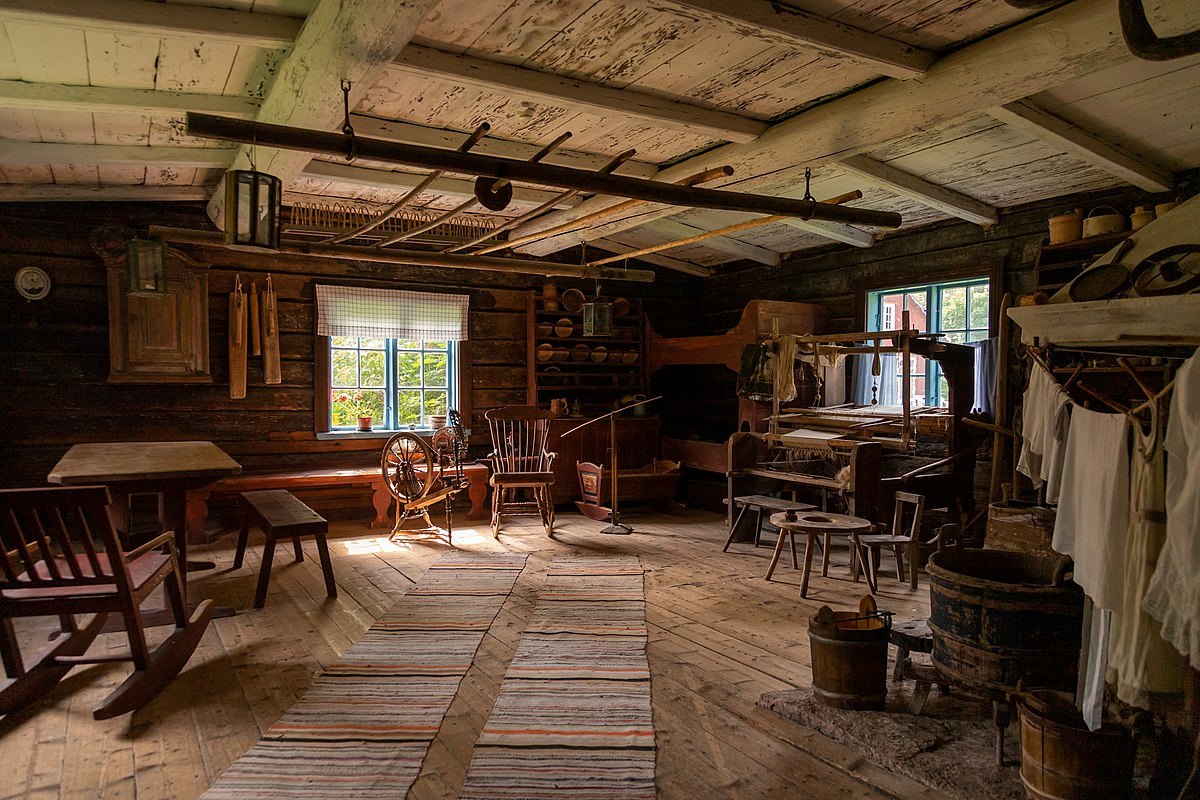


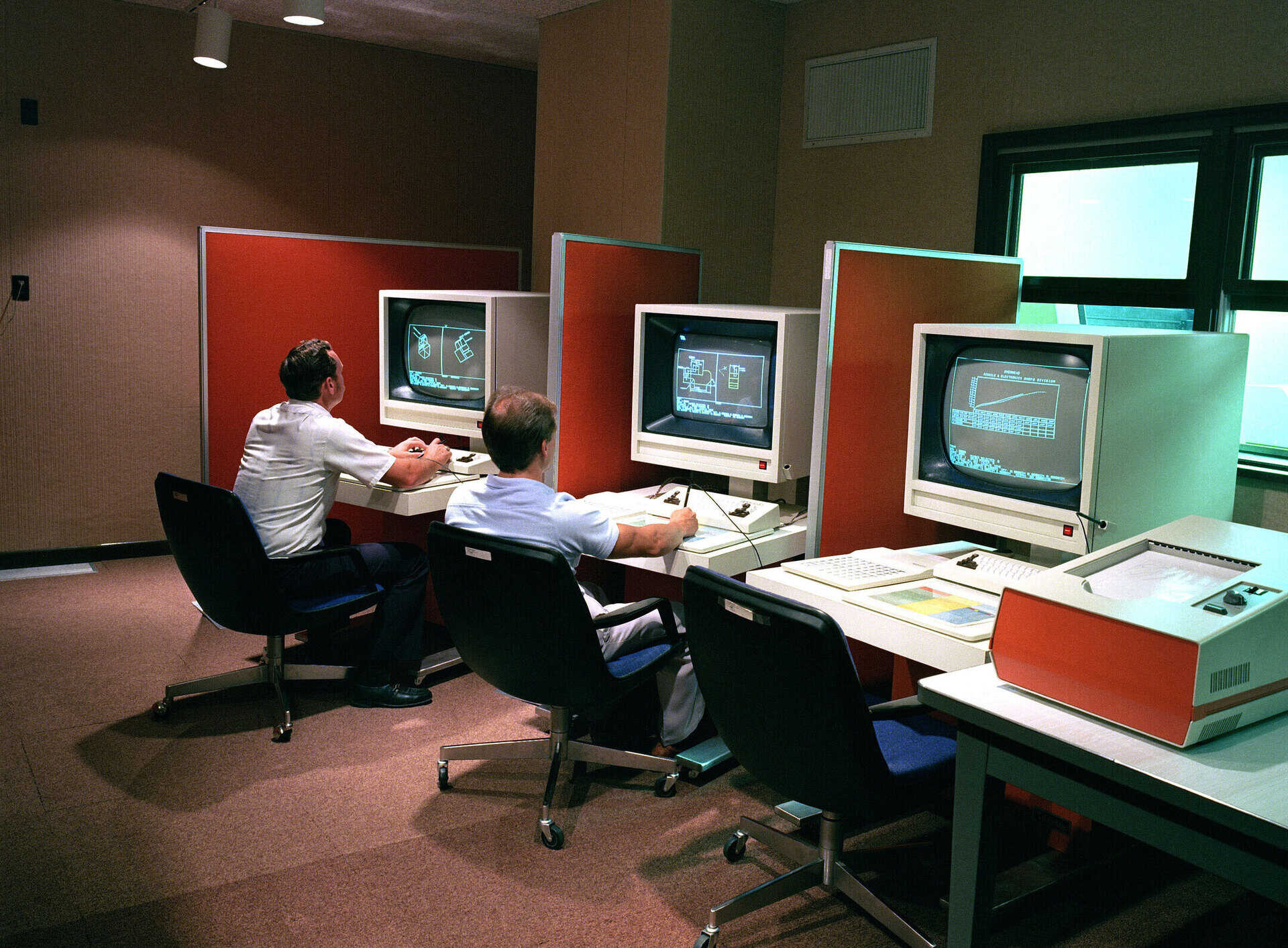
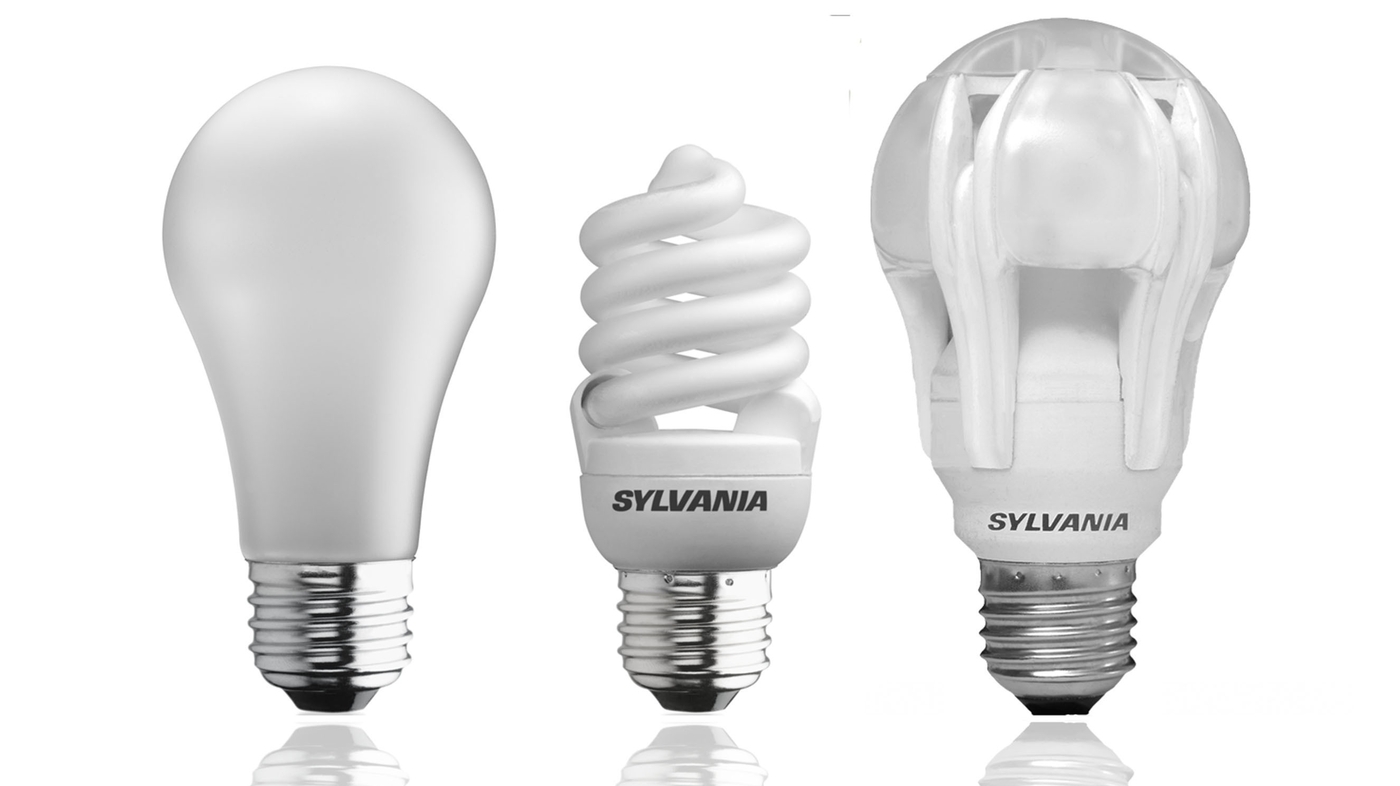





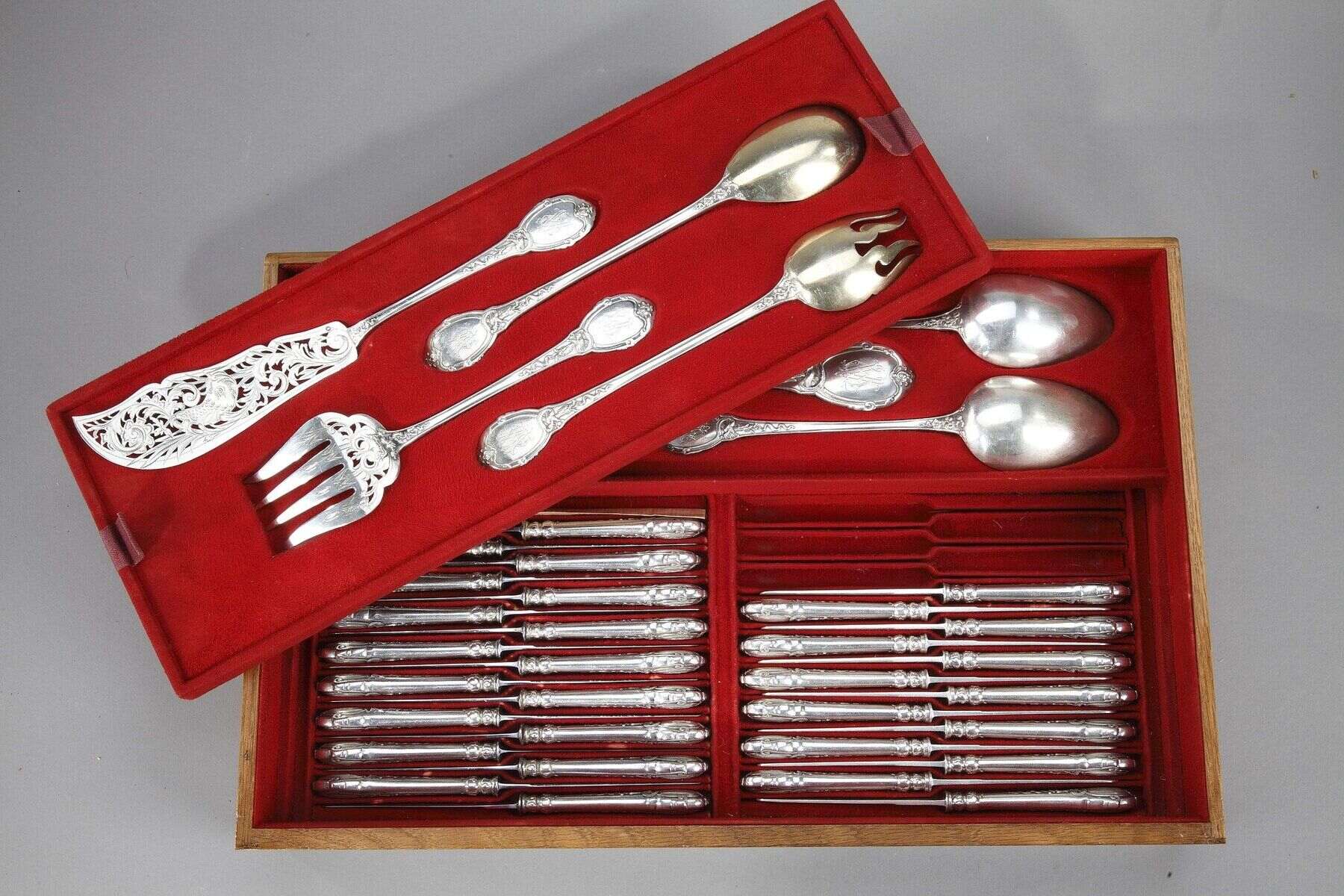

0 thoughts on “Who Invented The Incandescent Bulb”